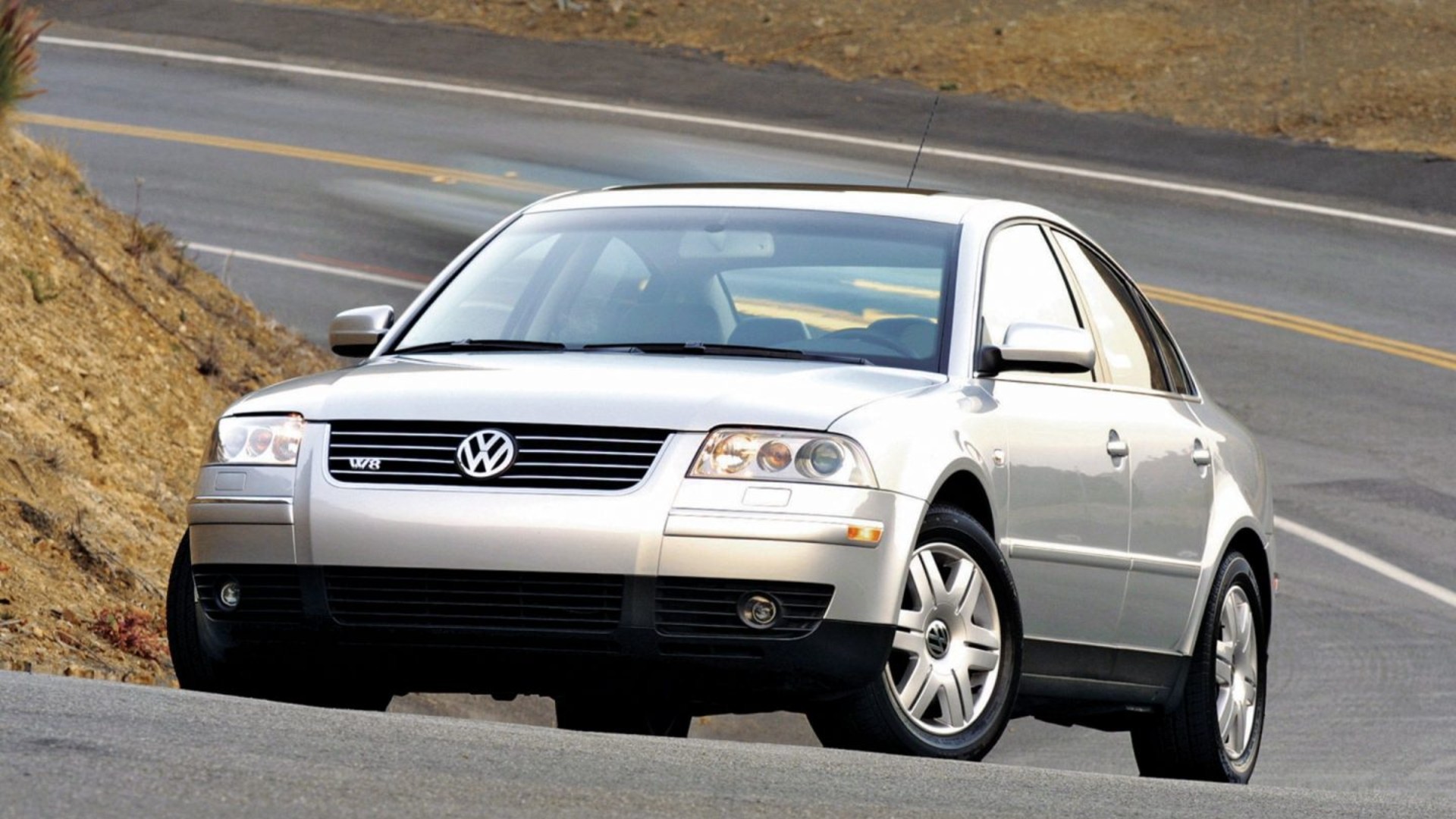

The Porsche 917, Audi’s defining Quattro all-wheel drive, TDI diesels—Ferdinand Piëch had a hand in them all. But as brilliant an engineer as he was, even Piëch had ideas whose potential proved a hair too hard to realize. One of those ideas was the W-block engine, which reached mass production only a few short years after conception, only to fall out of favor as flaws hamstrung the eccentric design.
The W-block was born into this world in 1997, on the back of an envelope as Piëch rode the Shinkansen through the Japanese countryside. He imagined two of Volkswagen’s narrow-angle VR engines joined at the crank, resulting in an engine with many cylinders, but tiny exterior dimensions. Because it was little more than a compounded pair of V engines, it became known as a W configuration, a name quickly popularized by a raft of concept cars.

Starting in 1997, VW pelted the public with a several high-performance, W-engined concepts, ranging from the VW W12 Syncro supercar to the W18-powered Bugatti EB 218 sedan. By the time 2001 rolled around, and VW settled on the W16-powered Veyron as the one it’d produce, its first W-engined production cars were hitting the market. Volkswagen offered the 4.0-liter Passat W8 4Motion, and Audi, the 6.0-liter A8 W12, whose engine went on to power the VW Phaeton, Bentley Continental GT and record-setting W12 Nardo.

But the first signs of trouble appeared in 2004 when, following years of underwhelming sales, the W8 Passat bit the dust. Though criticized for its uninspired performance relative to its rivals, the Passat W8 had a far more significant flaw: Its complexity made it nightmarishly expensive to maintain. The Drive‘s Executive Editor Jonathon Klein learned this the hard way during a brief, eight-month ownership of one of these cars.
“When I purchased the car, it worked fine until it didn’t a week later. I did an inspection, but the dealership which sold it to me cleared a bunch of the engine codes that would’ve told me I was buying a basketcase. According to my mechanic at the time, a trusted family friend, not only had the wiring been spliced together by what looked like a thumbless ape, but it ate spark plugs like they were Pringles, and worst yet, the number eight cylinder was donezo. And, because of VW’s manufacturing process of the engine, the cylinder couldn’t be rerung by anyone other than the factory. And I got quoted on what a new engine, without labor, would’ve cost. $22,000. They did try to fix it, though.”



“Between when I limped it to the shop, with only seven cylinders firing, and when I traded it in for a brand-new Scion FR-S eight months later, I spent about $8,000-$9,000. That’s in addition to spending $10,000 for the car originally. All that said, I still have a soft spot for that giant piece of garbage. The space in the car, how it drove when it worked, how it looked and the noise that W8 makes when paired with a solid aftermarket exhaust, oof. Don’t tell my wife though, she gives me the evil eye whenever a friend texts me a Craigslist ad for another W8…”

Volkswagen carried on producing W-blocks, but only for flagships worthy of 12- and 16-cylinder engines. The Touareg was one of such and received the engine in 2005 along with Bentley’s Flying Spur. But like the W8 Passat before, both W12 VWs sold poorly, and the 12-cylinder Touareg and Phaeton alike were killed in successive years in the early Twenteens.

As the decade dragged on, the W-block continued its migration upward and outward of Volkswagen’s portfolio. Audi dropped the W12 A8 after 2017, leaving Bentley as the W12’s sole remaining champion. Bugatti still has its quad-turbo W16, but it has used no other engines whatsoever since launching the Veyron. It’s almost like these engines’ inherent complexity meant they were destined to never thrive outside exotic cars, to whose customers money is hardly an object. But even if it nearly bankrupted a few auto writers, VW’s novel engine configuration has been a delight to see given a thorough shake. Novel ideas, after all, are rarely given such in the infamously conservative auto industry.
Got a tip? Send us a note: tips@thedrive.com